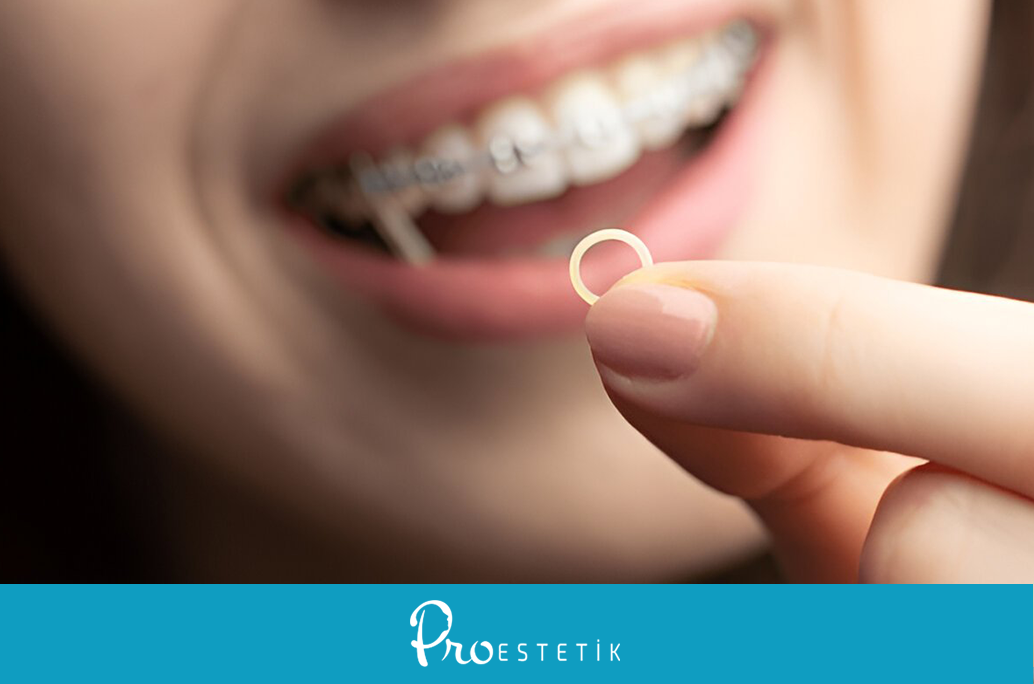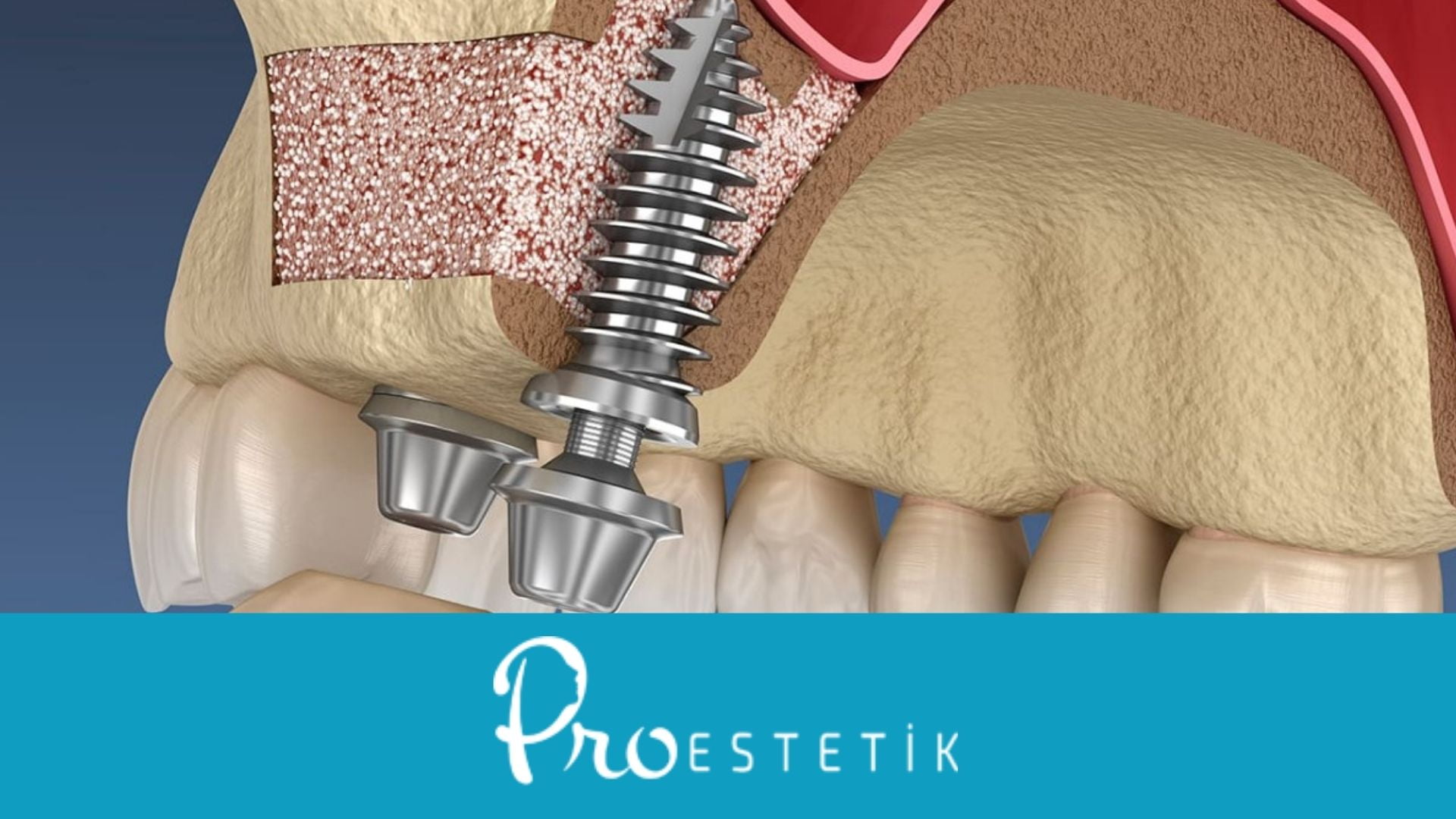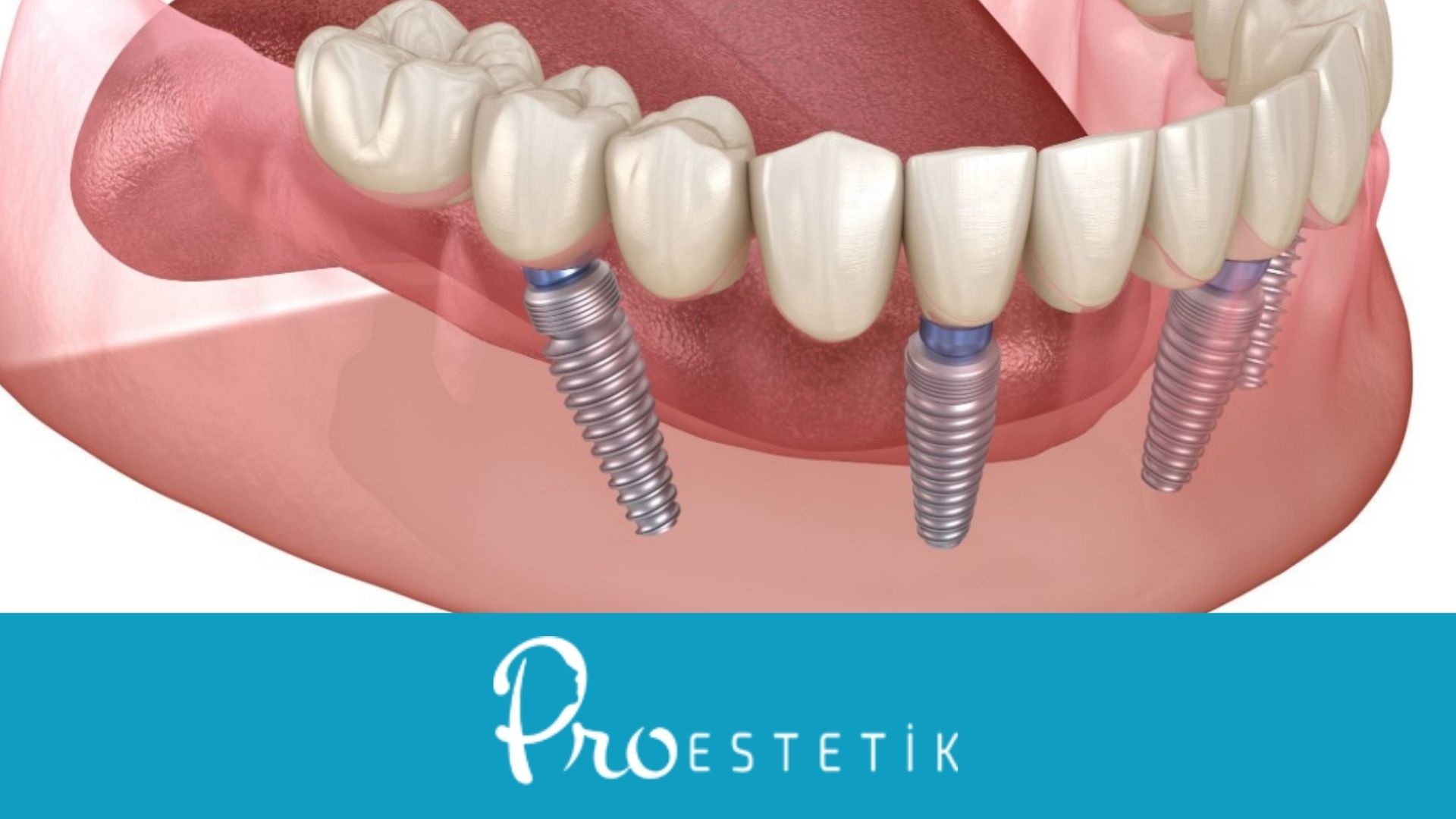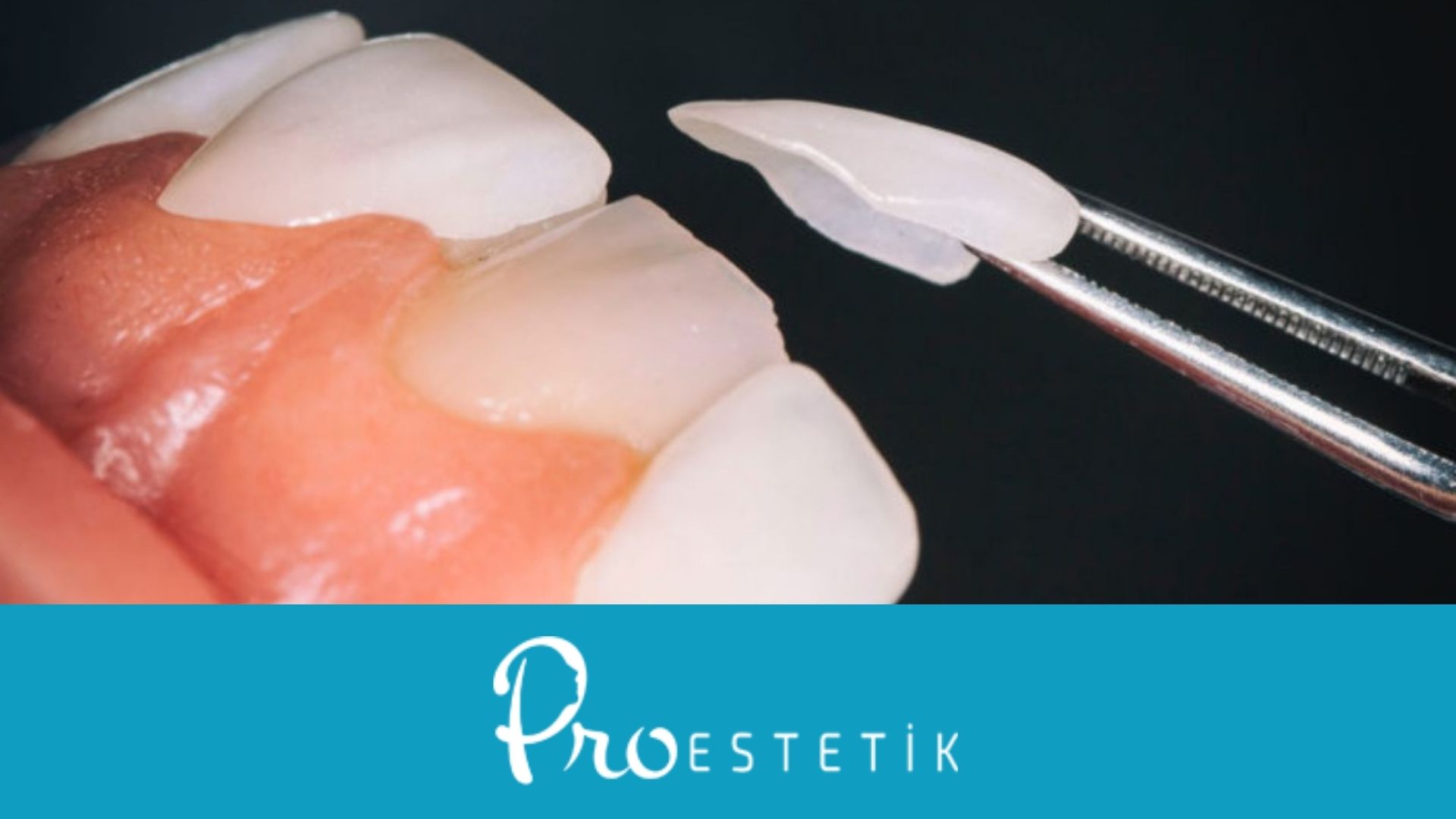Dental problems and post-treatment pain and swelling are common occurrences. Additionally, severe pain can result from injuries to the jaw. In such cases, ice compresses are often recommended.
However, improper application may lead to cold burns. Therefore, it is essential to know how to properly make an ice compress. We have explained all the details and precautions about ice compresses!
Ice Compress

An ice compress is a method used for body aches and swelling. It is highly effective for pain and swelling, and it is commonly chosen for muscle pain, trauma-related pain, and toothaches. It is also used after dental treatments and for swelling.
The primary purpose of applying an ice compress is to constrict blood vessels, thereby slowing blood flow. This reduces pain and swelling. It has also been observed to help in cases of inflammation.
For an ice compress to be effective, proper application is crucial. Direct contact with ice on the skin or prolonged exposure can cause severe skin damage. Let’s explain in detail how to properly make an ice compress!
How to Make an Ice Compress?

Ice compresses are effective for toothaches and swelling. When applied correctly, it is a quick and side-effect-free method. Incorrect applications, however, can lead to cold burns. So, how is an ice compress made? Here is the step-by-step guide:
- You can use either direct ice or gel packs for an ice compress. Gel packs can be purchased from pharmacies.
- If you have a gel pack, wrap it in a towel. If you have ice cubes, place them in a plastic bag to prevent the towel from getting wet, and then wrap the bag in a towel. Direct contact of gel packs or ice with the skin is harmful.
- Hold the ice compress on your skin for 5 minutes at a time. Initially, observe the effects and adjust the duration accordingly. Some individuals may have more sensitive skin to cold.
- Ensure the application does not exceed 15 minutes. You may need to wait a few hours before reapplying.
- For dental applications, the compress is applied to the face. Since the face is more sensitive, it can be damaged quickly. Regularly check your skin during application.
Now you know how to make an ice compress correctly. Although ice compresses are frequently used for toothaches and swelling, don’t forget to consult your doctor before applying them.
If you’re curious about other methods for relieving toothaches, check out our article titled "What Causes Toothache? What Helps?"
Situations Where Ice Compress Is Used
An ice compress is a safe and quick method for trauma, injuries, and pain when applied correctly. It is also used for pain and swelling resulting from dental treatments.
Common dental problems and treatments where ice compresses are applied include:
- Tooth extractions,
- Gum infections,
- Jaw surgeries,
- Pain caused by teeth grinding,
- Orthodontic treatments,
- Tooth decay.
An ice compress can also be used in many other situations that cause tooth pain and swelling. However, consulting a dentist before use is recommended.
Ice Compress After Tooth Extraction

Tooth extraction, especially for strong-rooted teeth or wisdom teeth, can be challenging and may sometimes require surgical intervention. This often results in post-procedure pain and swelling.
The cooling effect of an ice compress provides relief. Additionally, it reduces swelling and pain by constricting blood vessels and slowing blood flow. Applying frequent compresses during the first day after a tooth extraction is recommended to prevent swelling.
Your dentist will inform you about the medications you need and provide tips for faster recovery. Don’t forget to consult your dentist before applying an ice compress.
Can Ice Compress Be Used for Children?
When applied correctly, an ice compress is a safe and reliable method. It can also be used for children, but parents must apply it carefully and consciously. Improper application may cause skin damage in children.
How Long Should an Ice Compress Be Applied?
The duration of ice compress application varies from person to person. Some individuals have highly sensitive skin, while others tolerate cold better. Observe your skin’s tolerance to cold by starting with 2–3 minutes, gradually increasing to 5–10 minutes.
It is not recommended to apply an ice compress for more than 10–15 minutes. Allow your skin to rest between applications. If you feel numbness, tingling, or burning, stop the application immediately.
Pain and swelling are common in dental problems and treatments. Knowing how to address these issues can make your recovery more comfortable. We have explained in detail how to make an ice compress.
For more information about oral and dental health, check out our other articles!

 English
English Turkish
Turkish Deutsch
Deutsch العربية
العربية![[:en]How to Make an Ice Compress? Its Effects on Pain and Swelling![:tr]Buz Kompresi Nasıl Yapılır? Ağrıya ve Şişliğe Etkisi![:de]Wie macht man einen Eisumschlag? Seine Auswirkungen auf Schmerzen und Schwellungen![:ar]كيف تصنع كمادات الثلج؟ تأثيراتها على الألم والتورم![:] [:en]How to Make an Ice Compress? Its Effects on Pain and Swelling![:tr]Buz Kompresi Nasıl Yapılır? Ağrıya ve Şişliğe Etkisi![:de]Wie macht man einen Eisumschlag? Seine Auswirkungen auf Schmerzen und Schwellungen![:ar]كيف تصنع كمادات الثلج؟ تأثيراتها على الألم والتورم![:]](https://proestetik.com.tr/wp-content/uploads/2025/01/buz-kompresi-nasil-yapilir.png)










